Jul 2, 2025
Case Study: Demand Planning with Shopkeeper Reports
- Seller’s Challenge
- Shopkeeper’s Approach
- Shopkeeper’s Solution
- Why Shopkeeper’s Custom Reports Matter
- Beyond Reporting: Future-Ready Insights
- Impact on the Client’s Operations
- Conclusion
Seller’s Challenge
A global e-commerce seller approached Shopkeeper with the following problems:
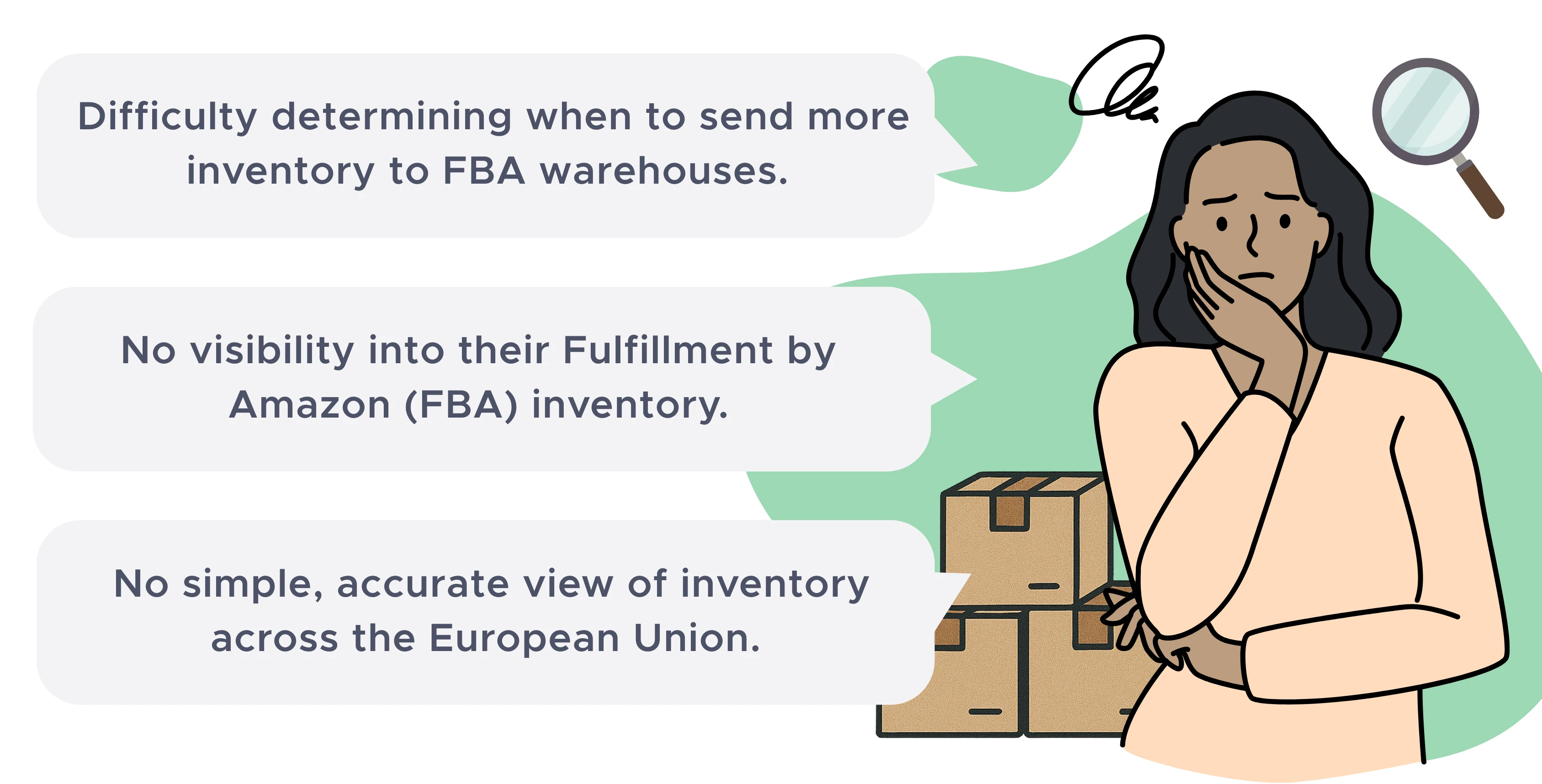
Before using Shopkeeper, the company manually searched for shipment details, checked SKUs one at a time across marketplaces, and reconciled outdated exports from Amazon Seller Central. The result? Manual errors, duplicate shipments, overstocking, and costly FBA storage fees.
Shopkeeper’s Approach
Shopkeeper sees these problems as a series of questions to be answered by our automated reporting tools. Here are questions we can answer:

Shopkeeper’s Solution
Here’s how Shopkeeper solved their challenges:
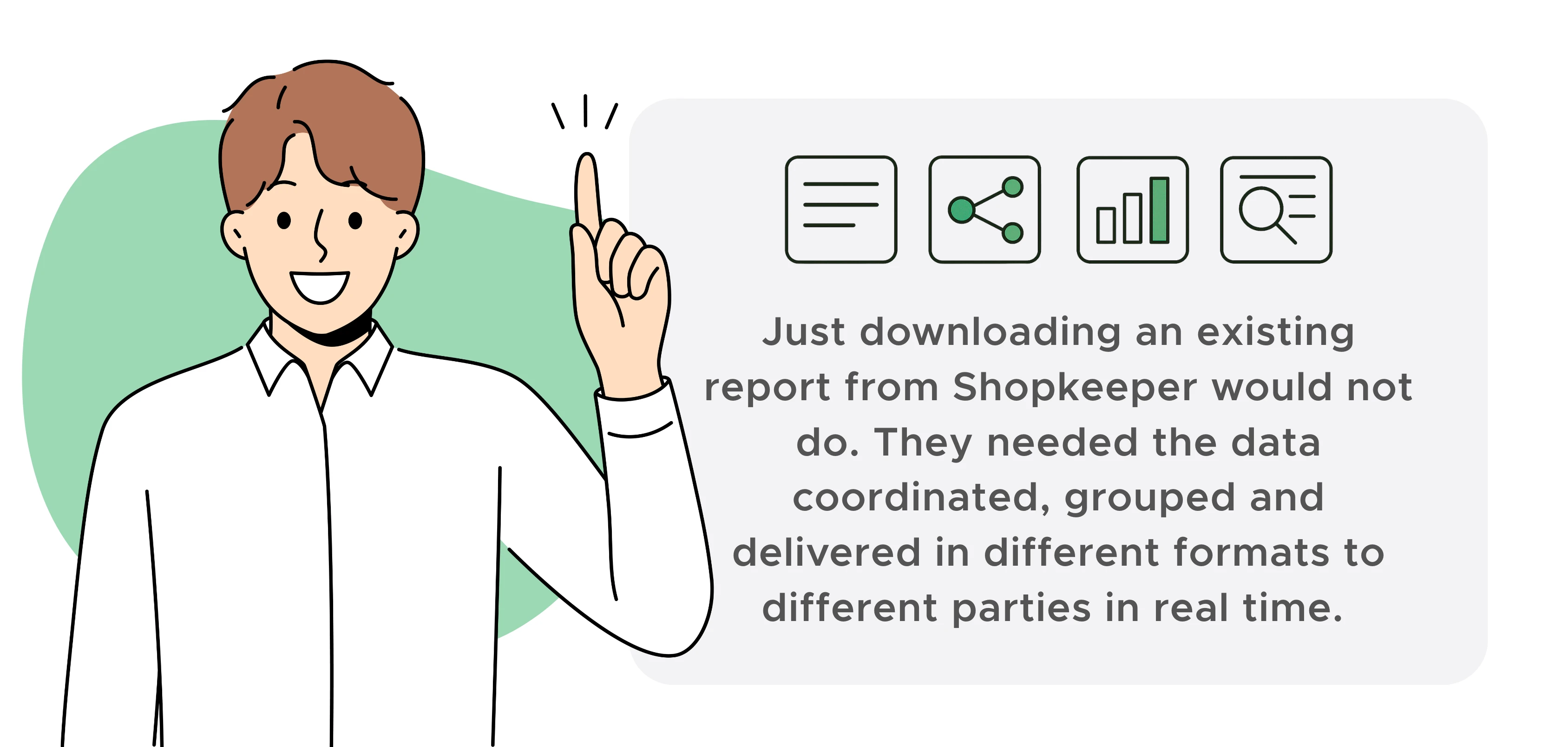
1. Enhanced Visibility into Inventory and Shipments
Shopkeeper created a report available on demand showing:
-
Current FBA stock levels, including sellable inventory.
-
Open inbound shipments, detailing the number of units already received and those still pending.
-
Shipment-specific details such as shipment IDs, send dates, and remaining inbound quantities.
The report was reformatted to look like previous reports that inventory managers were used to. It was also presented in a way that did not require other teams within the company to question or change their interpretation of the data. A seamless transition from manual, error-prone reports to automated, accurate ones happened at the flip of a switch. All of a sudden, several team members no longer needed to do manual searches across Seller Central, enabling the client to make informed restocking decisions quickly.
2. Simplified Multi-Marketplace Management
For this client, all EU inventory was treated as a single marketplace. Shopkeeper consolidated data across EU marketplaces, ensuring a unified view of inventory. Additionally, we implemented a custom SKU mapping feature, merging related SKUs into single entries. This simplification allowed team members to focus on actionable insights rather than deciphering complex datasets.
3. Integrated Forecasting Features
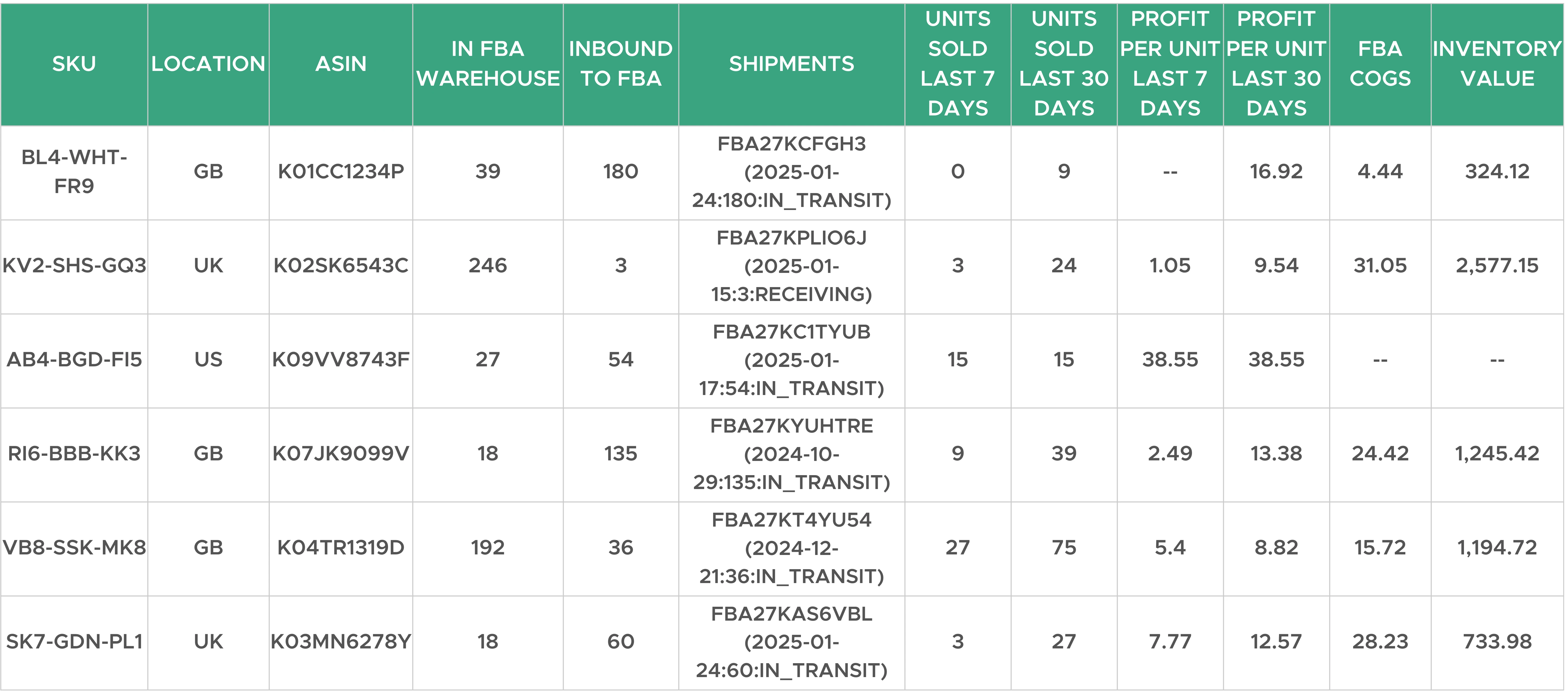
The report included basic forecasting capabilities based on the client’s unique definitions, such as:
-
Sales performance over the past 7 days and 30 days.
-
Year-over-year comparisons for the same period.
-
Profitability per unit sold.
These metrics helped the client identify their most profitable products, pinpoint underperforming items, and prioritize inventory decisions effectively.
4. Leveraging Real-Time Data
By incorporating real-time updates from the inventory ledger, the report ensured accuracy in tracking inventory movements. This included distinguishing between inventory that was still inbound and inventory already received but not yet updated in Seller Central. As a result, the client avoided overstocking and ensured timely reorders.
Why Shopkeeper’s Custom Reports Matter
This case underscores the critical importance of custom reports provided by Shopkeeper. By tailoring the output to match the client’s existing workflows, we:
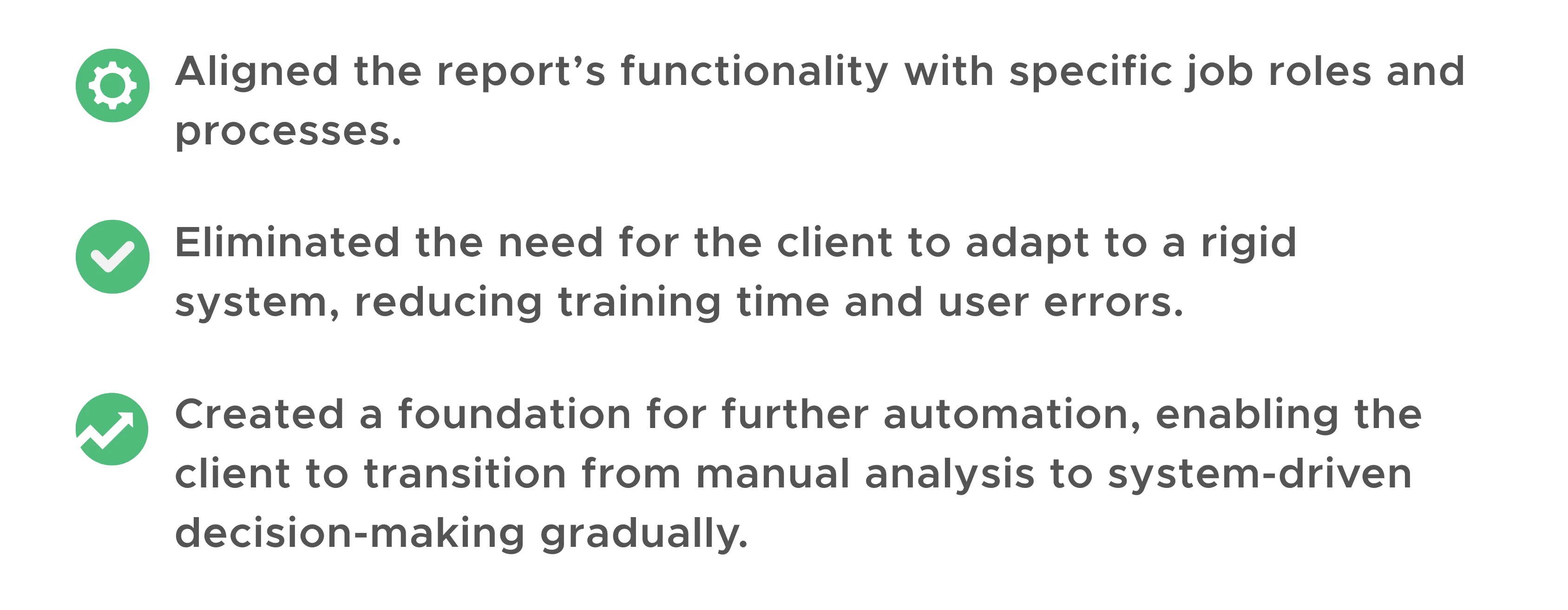
Beyond Reporting: Future-Ready Insights
The custom report didn’t just address immediate pain points—it paved the way for long-term improvements. For example:
-
A future iteration will integrate data from the client’s internal inventory system, combining FBA and warehouse stock levels into a single view.
-
Additional reports are planned for reordering teams, offering specialized insights to ensure seamless supplier management.
-
The system is evolving to include automated widgets and dashboards, prioritizing key actions and reducing the burden of analyzing thousands of SKUs.
Impact on the Client’s Operations
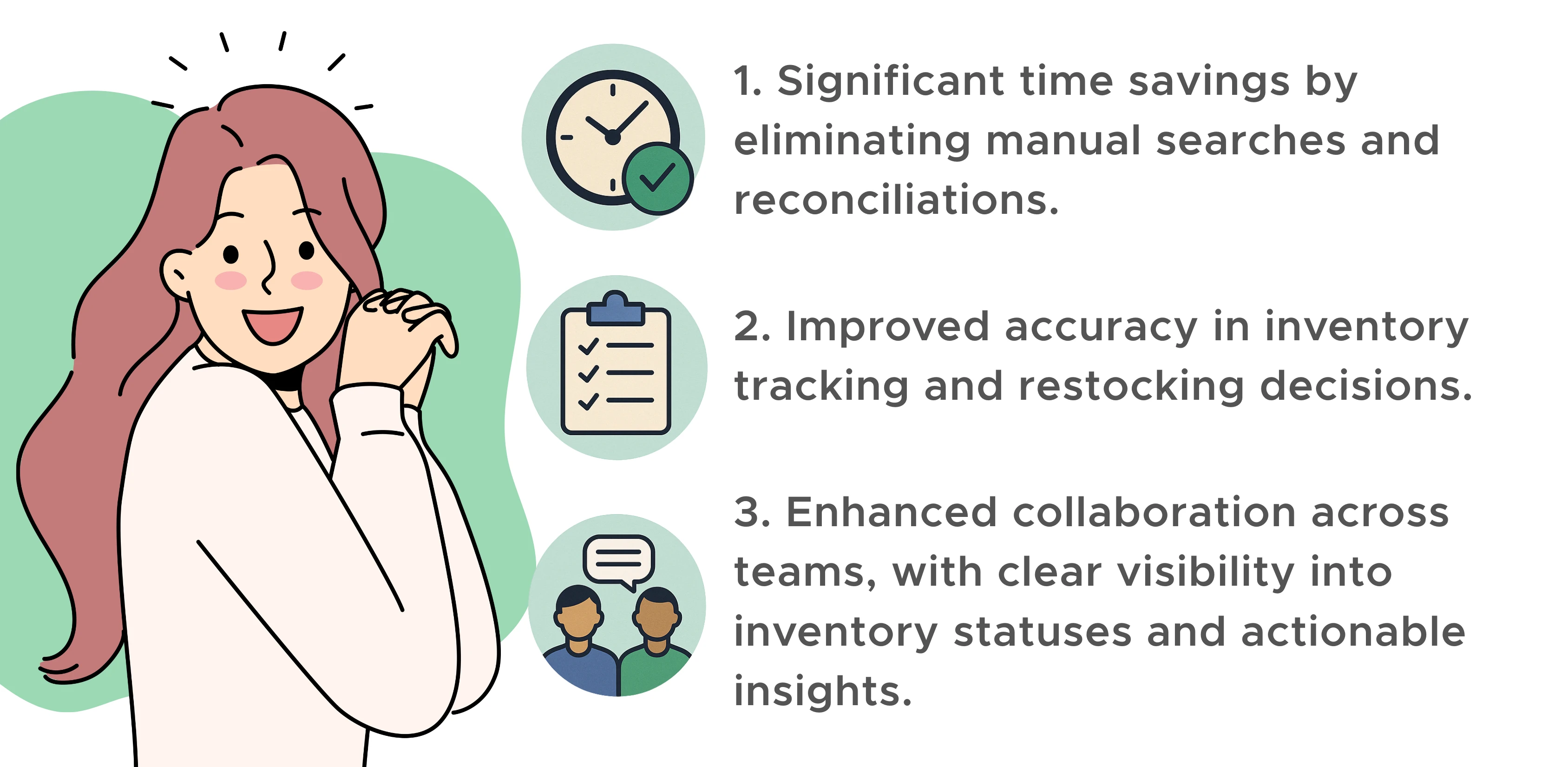
Conclusion
This case exemplifies how Shopkeeper’s custom reports can transform complex processes into streamlined workflows tailored to specific business needs. By adapting to the client’s job functions and existing processes, we empowered them to focus on growth rather than administrative hurdles.
In short, Shopkeeper’s custom reports are not just about presenting data; they’re about enabling smarter, faster, and more confident decision-making.



